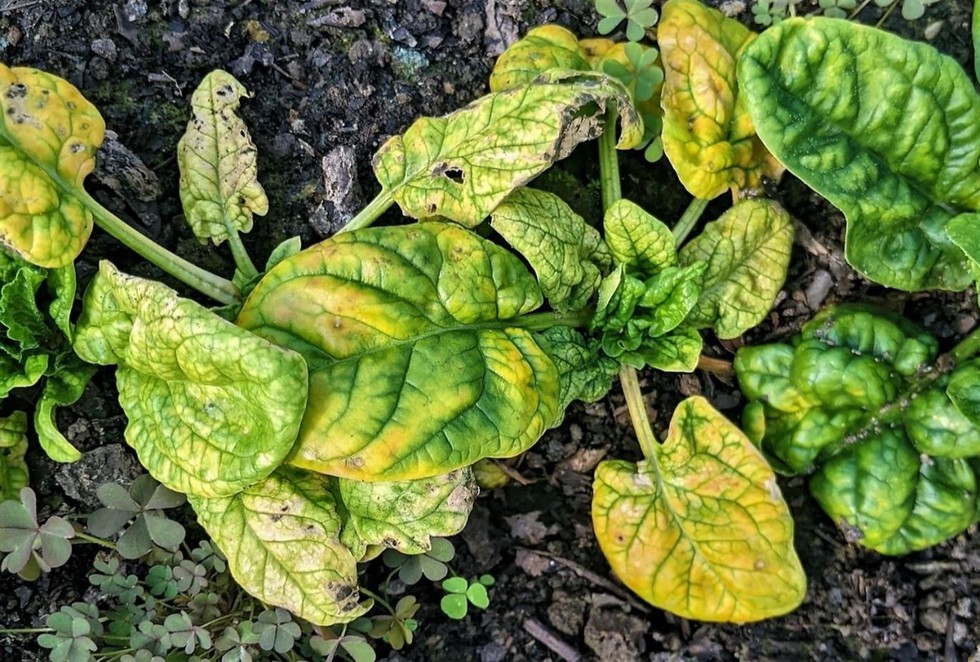
Cucumber Mosaic Virus (CMV)

29.04.2025
Cucumber Mosaic Virus (CMV)
|
For Prelims: About Cucumber Mosaic Virus (CMV) |
Why in the news?
A team of researchers recently reported developing an RNA-based antiviral agent that confers strong protection against cucumber mosaic virus (CMV), a widespread and destructive plant virus.
About Cucumber Mosaic Virus (CMV):
- It is one of the most common plant viruses.
- CMV was first identified in 1916 as the causal agent of cucumber and muskmelon disease in the United States.
- CMV infects more than 1,200 plant species, including critical food crops like cucumbers, squash, and cereals, and medicinal plants.
- It spreads through small sap-sucking insects called aphids.
- With nearly 90 aphid species capable of transmitting CMV, outbreaks are often difficult to contain.
- In India, CMV is responsible for 25-30% yield losses in banana plantations. In pumpkins, cucumbers, and melons, infection rates can soar up to 70%.
- Symptoms: Affected plants develop a mosaic discolouration, stunted growth, and commercially unviable fruits.
Management:
- Cultural practices and the heavy use of agrochemicals are the most common control measures for CMV.
- There is no known cure for cucumber mosaic.
- Infected plants should be removed and destroyed to eliminate the plants as potential reservoirs for the virus (which can subsequently be spread to other nearby healthy plants).
Source: The Hindu
With reference to the Cucumber Mosaic Virus (CMV), consider the following statements:
1. It is one of the most common plant viruses which results in mosaic discolouration, stunted growth and commercially unviable fruits.
2. It spreads through small sap-sucking insects called aphids.
3. There is no known cure for CMV.
How many of the statements given above are correct?
A.Only one
B.Only two
C.All three
D.None
Answer C